Savage Arms is known for its bolt-action rifles. In the last couple of years, they’ve pulled out all the stops with Renegauge—a semiautomatic shotgun, and Impulse—a refined straight-pull rifle, but it has been a long time since they made handguns. Take even a quick glance at the Savage 1907 (or this 1917 version of the design) and there’s no mistaking it for a modern handgun.
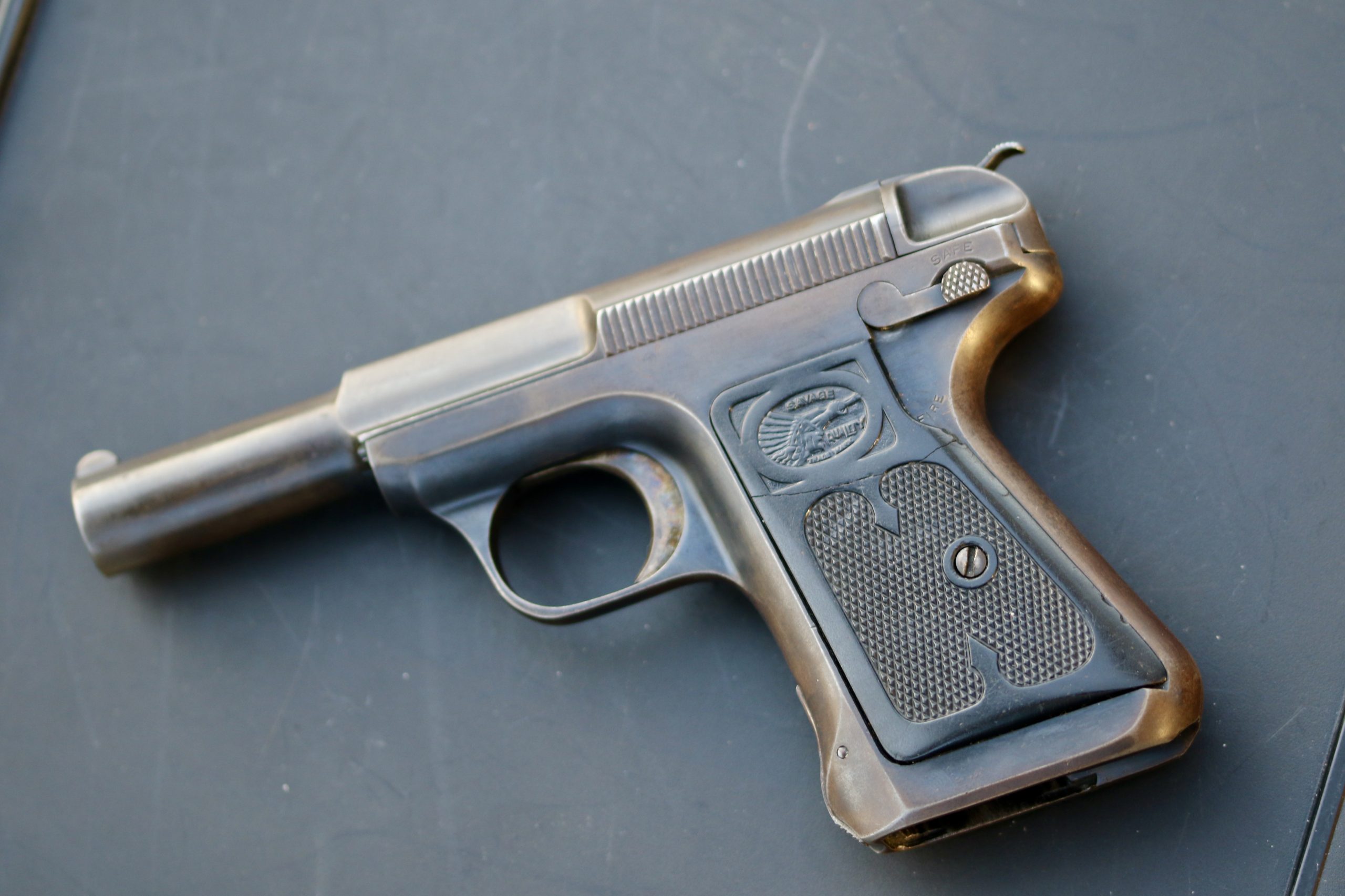
And don’t hold your breath for a Savage 1907 magazine here at GunMag Warehouse. While we carry some Savage magazines, none of them fit the 1907. Collectors troll the aisles of gun shows or hope for a random score at a pawn shop bargain bin.
But despite its old-school styling, the Savage 1907 still has some fans. And it is easy to understand why. This is a quirky, but solid design that appeals to collectors and it shoots flat and fast—two important features for an EDC gun, which is exactly what this was designed to be (even if the term wouldn’t be coined until a century after the gun was built).
In today’s Throwback Thursday.

Understanding the Savage Pistol Numbers
Names and numbers, maybe. The names are less prevalent, though you will see this family of guns referred to as Savage Autoloading Pistols or Savage Autoloaders. More commonly, everything in this family is lumped under the 1907 title.
The 1907 was a compact gun designed in that era that gave birth to the Mauser C96, the Luger, and the M1911. Like many of the guns of the era, it was built around the new rimless cartridges. The 1907 was one of three main variants and is built on a patent that was granted to Elbert Searle in 1905.
The Savage 1907 is frequently misidentified as the “Savage 1905” because the patent date of 1905 was stamped on the guns. Easy enough mistake to make.
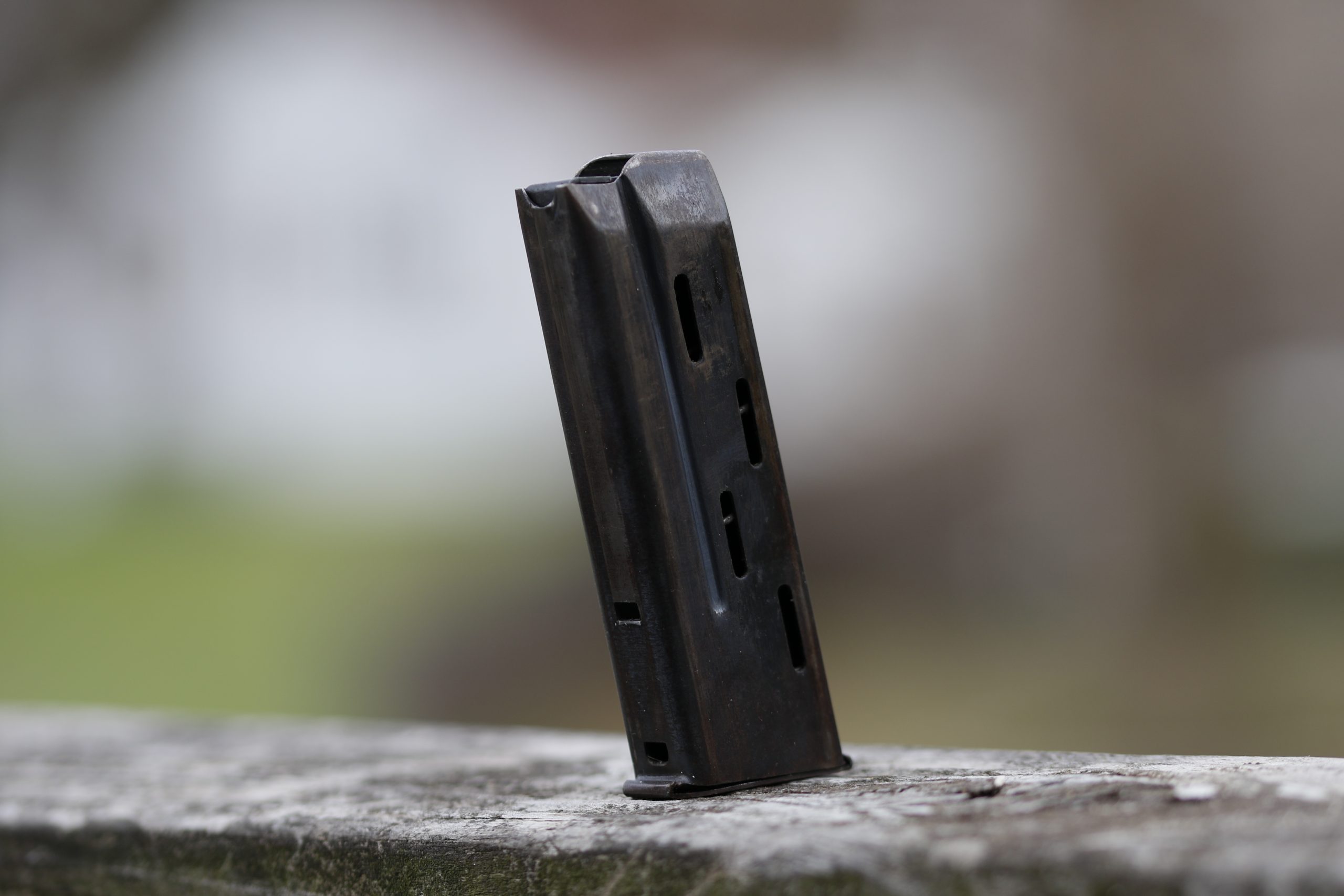
In .32 ACP, the 1907 held 10 rounds and was still easily concealed. The rounds stagger in the magazine and allow for solid capacity in a small grip. And people weren’t as put off by the .32 ACP as they are now.
One feature of the 1907 that is a bit odd is that the striker is connected to the hammer. Cocking the hammer back actually sets the striker.
In 1915, Savage produced a version that concealed the hammer. That was the major difference. The other is that the gun was eventually made in .380—a decent upgrade. These are sometimes referred to as 1915s.

A variant of the Savage 1907 includes the Savage 1917—and this beat-up old beauty is one of those.
The 1917 brought the exposed hammer back. The grip on the gun was bigger, too—more triangular. For those who like gun-nut trivia, the early Savage pistols were pinned together and contain no screws. The 1917 has one screw—the one that holds on the grips.
All told, the guns were made from 1907 until 1920. During that time, Savage chambered some in .45 ACP and put them up against what would become the 1911 in the Army trials. And the gun did incredibly well.
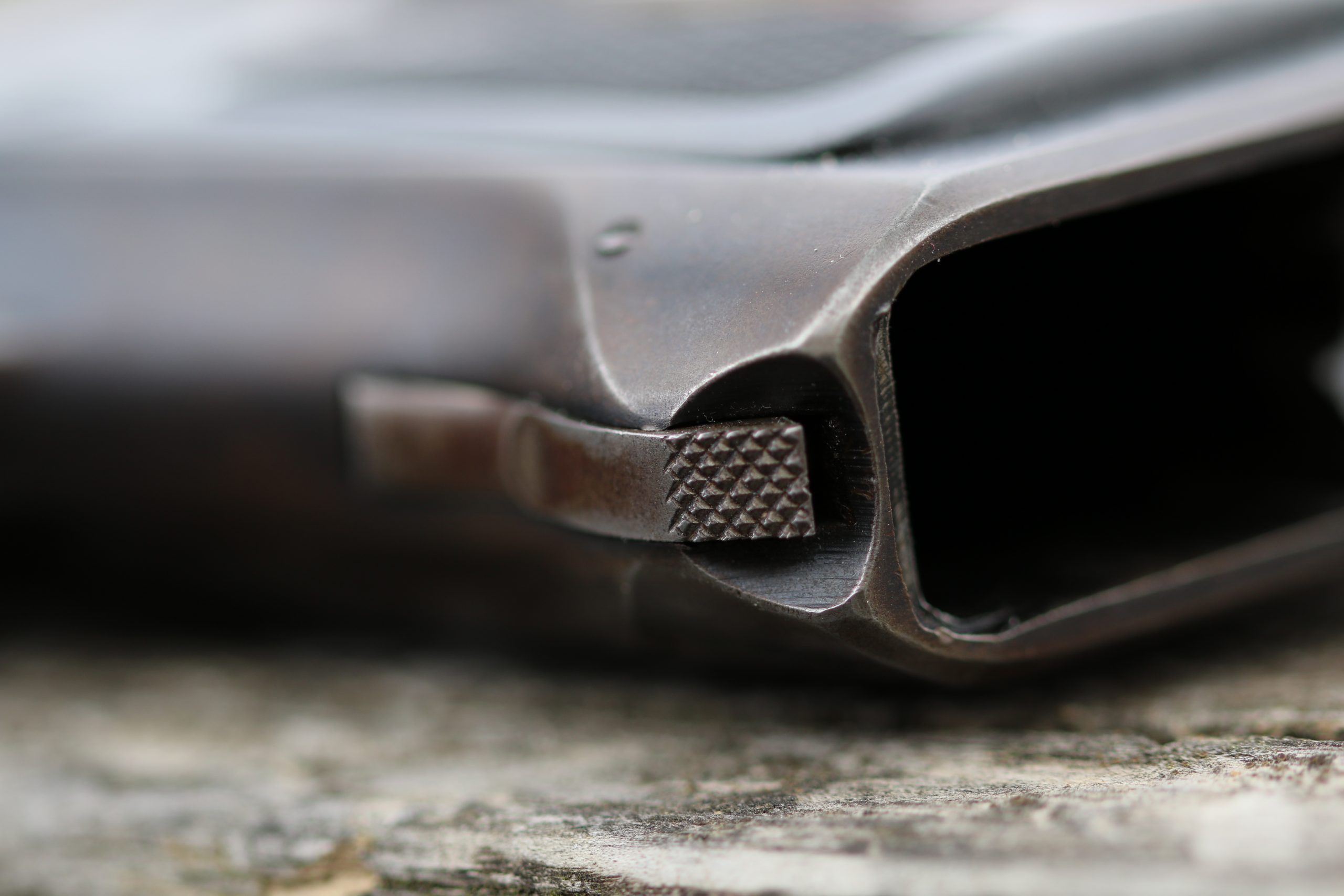
The Big Test
Rumors about these tests, and Savage’s involvement in them, abound. The accepted rationale is that Savage decided that they would focus on the commercial market. This is, of course, a reductive answer. Any real dissection of those tests would require a book-length study.
Several companies, including White-Merrill, Knoble, Bergmann, Deutsche Waffen und Fabriken Munitions, Webley, Colt, and Savage, sent in guns for the test. It all kicked off formally in 1907 and would last a few years.
During the trials, the Savage performed well. In many areas, the 1907 performed better than the Colt and Luger guns. But the Army kept asking for more changes. Between each phase, they asked the companies to add features and change elements like the location of the front sights and ejection ports, or to add things like a grip safety.
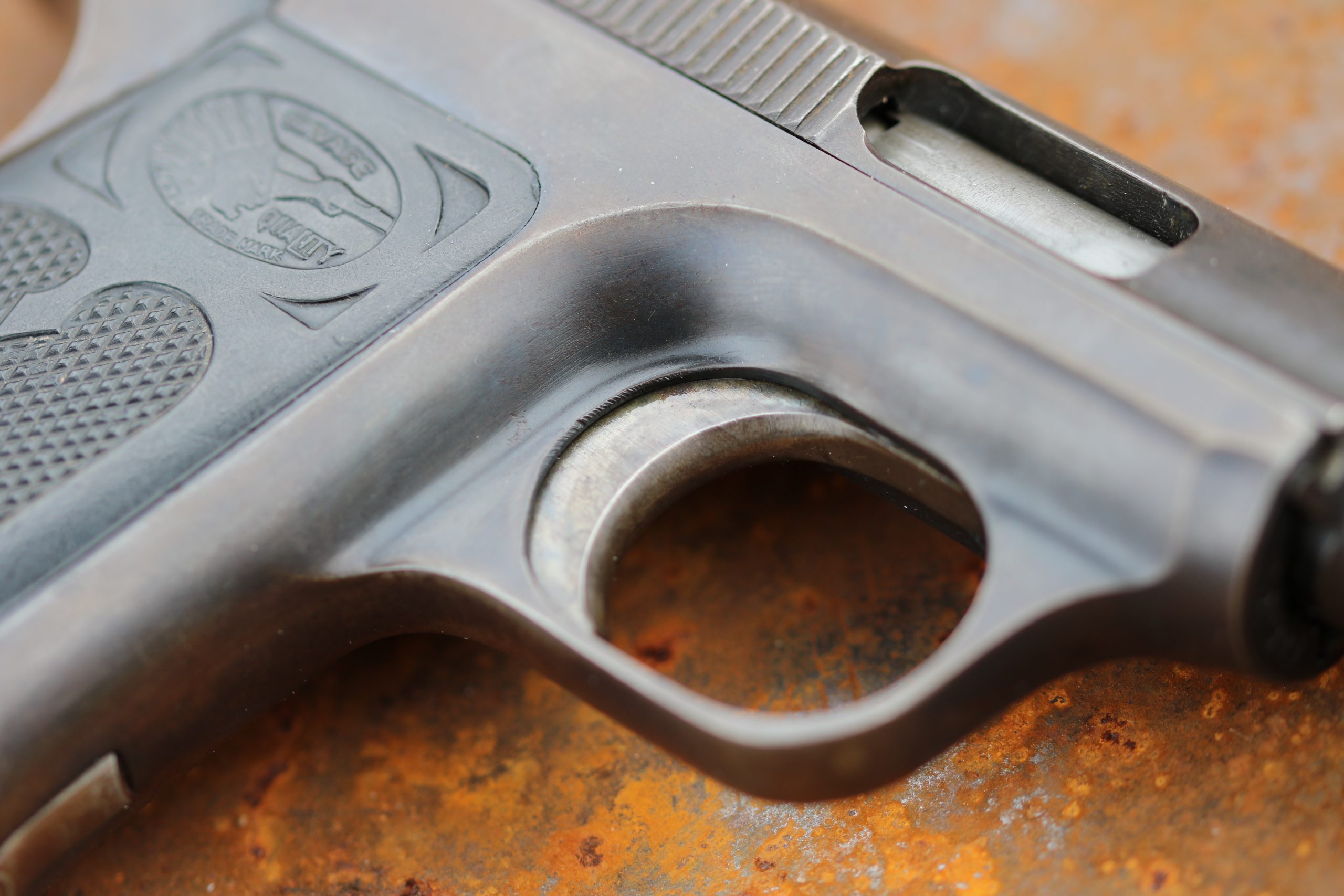
Colt had the money to make the changes, no problem. Deutsche Waffen, makers of the Luger, bowed out—maybe they could see which way the political winds were blowing. Savage stayed in but weighed each new investment against the potential they saw in the growing domestic market.
It was common knowledge then, as it is now, that Colt had a history with military contracts. Savage didn’t. The second round of trials didn’t go well for Savage and then it got worse.
An article in The National Interest, credited to , notes:
The Army rejected and returned the entire shipment because the Savage 1907 lacked “safe” and “fire” markings for its safety lever. Such an omission would have created dangerous problems with troopers unaccustomed to semiautomatic handguns. Pistol gremlins intercepted the 1907s before they reached Savage’s Utica, New York, plant, and 72 more of the weapons disappeared. The Army made it clear to Savage that the missing pistols were the company’s responsibility.
The subtext here is that Colt was stacking the deck. The safety lever markings were one thing, and an obvious omission, but the missing guns were a bigger problem.
Savage stuck it out, though—at least in spirit. They made the changes, kept submitting guns, and kept up with the trials until the end.
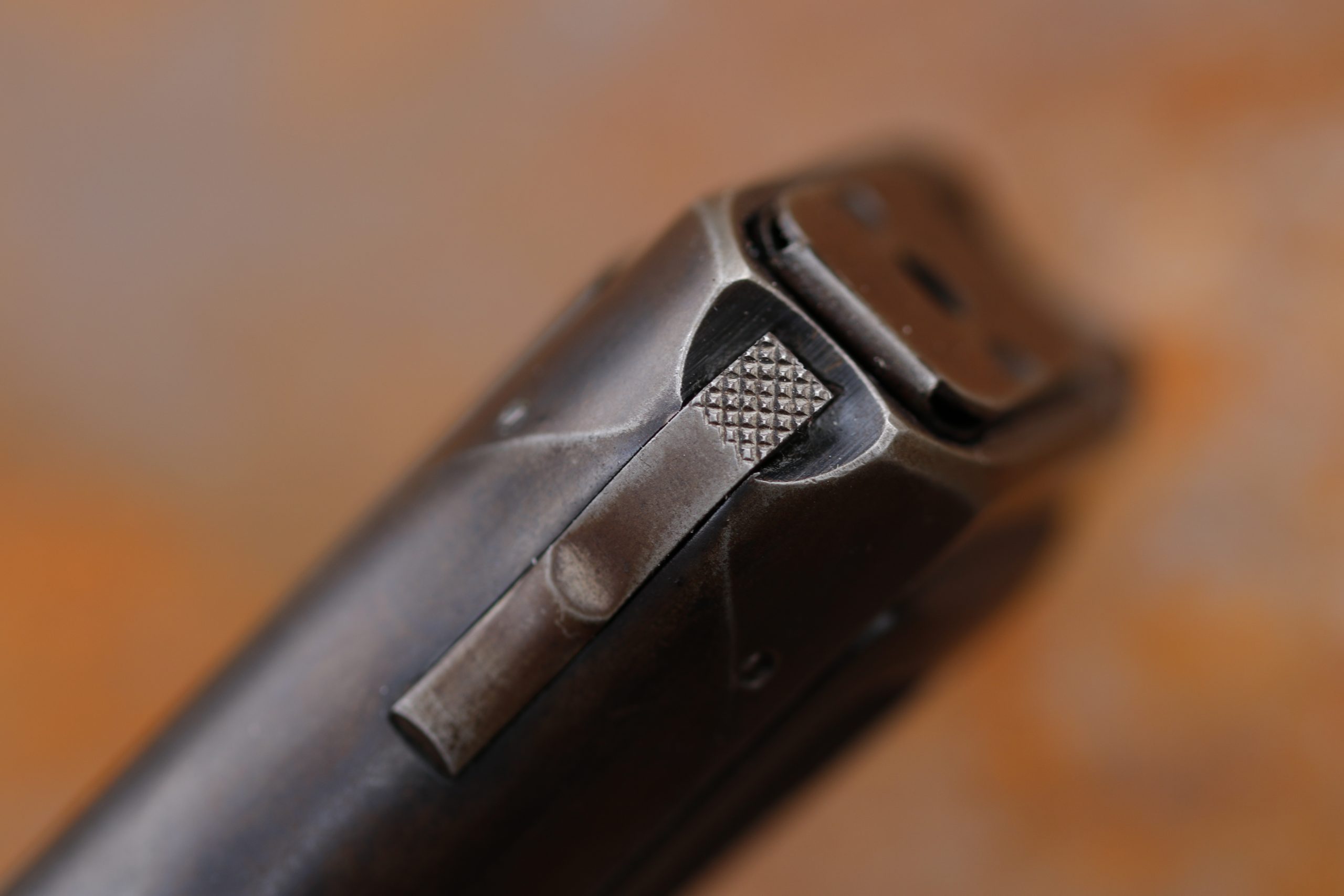
In 1910, both guns faced a final 6,000 round test. Despite early successes, the Savage 1907 failed 31 times. Before the 6,000 rounds were fired, five parts broke.
The 1911, as you might have surmised, performed flawlessly. This is why almost all of you reading this have a 1911 in your safe, and few of you have a 1907, or a 1915 or 1917. And even fewer of you have one chambered in .45 ACP.

How does it work?
The Savage design incorporates a rotating barrel. A small protrusion on the barrel prevents the slide from running back until the barrel rotates ever-so-slightly in the direction that the bullet spins as it runs down the lands and grooves inside the barrel.
This keeps the gun locked up until the bullet leaves the barrel, and—as a result—produces higher velocities for the projectiles. The system is often referred to as a “retarded blow-back action.”
As for its lines
Remember when pistols were built to look like the defining aesthetic of the day? If you remember the 1911 you do.

There are subtle differences, though, between the Art Deco and Art Noveau styles. Both value symmetry and balance, but Nouveau has very fluid lines and is heavily inspired by stylized natural images, while Deco is more about straight lines and subtle curves and is very much an homage to the imagery of the industrial revolution.
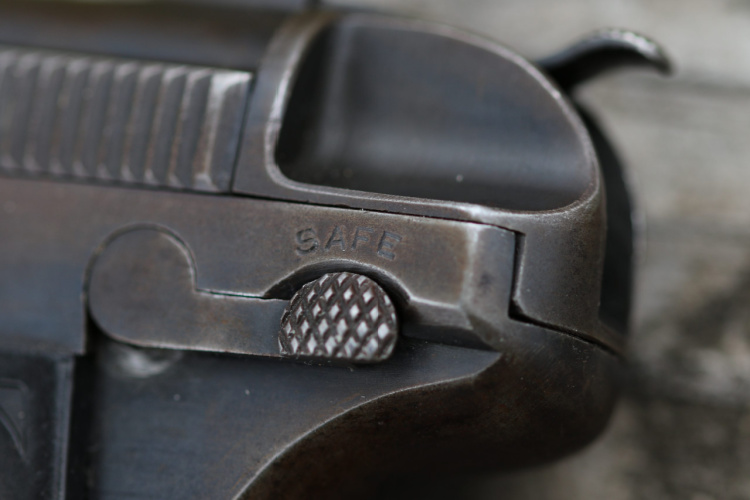
The Savage 1907, and maybe the 1917 even more, are more in the Nouuveau style. The 1911 is much more Art Deco. Look at a 1911, where the frame meets the slide (at the muzzle end) and you’ll see a scallop in the steel that is emblematic of this style–straight lines with a subtle curve.

But the 1907 has an oddly round slide. And by 1917, the grip had extended out into an odd triangle with rounded edges. It isn’t an ugly gun, but it is hardly timeless. I’d call it the opposite of timeless.
And where would we all be now if this gun had won the Army trials? That’s an interesting question. While the 1911 is a formidable design, much of its enduring popularity comes from the near-mythic status of its military service.
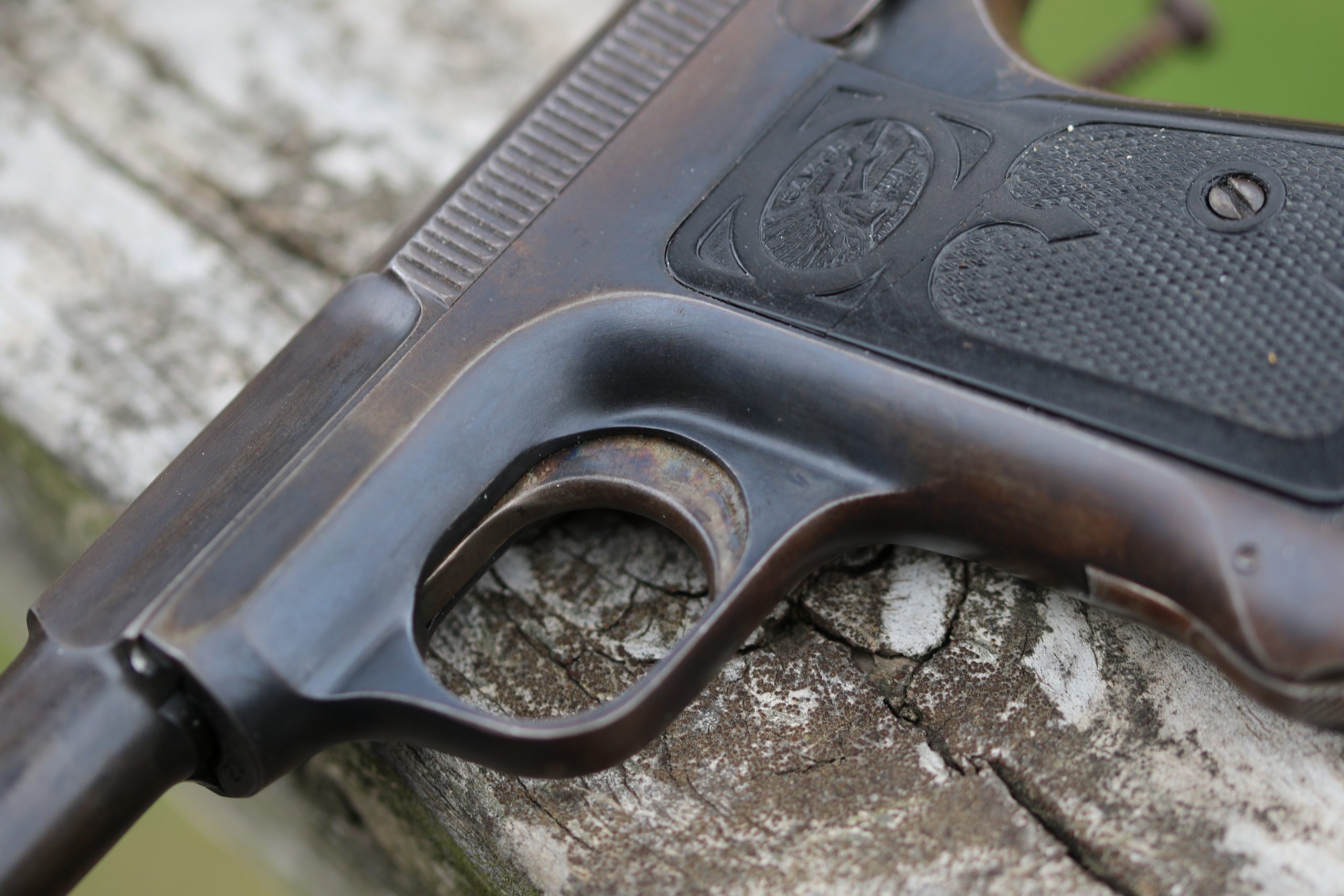
The 1907 was adopted by other armies, including that of France, but we know where that led.
Since the Savage 1907 pistol is rare, how much is it worth?
That’s a tricky question. In this condition, my 1917 is not worth much. While I’d never carry this gun, I am also not going to shy away from shooting it. It isn’t a mint condition Savage 1907, by any stretch.
Like all other collectible guns, value depends on two factors: condition and scarcity. A .45 ACP 1907 that went through the Army trials is a museum piece. Others in .45 ACP are still commanding staggering prices.
And a .45 ACP with no markings on the safety selector… Well. That’s a collector’s dream.
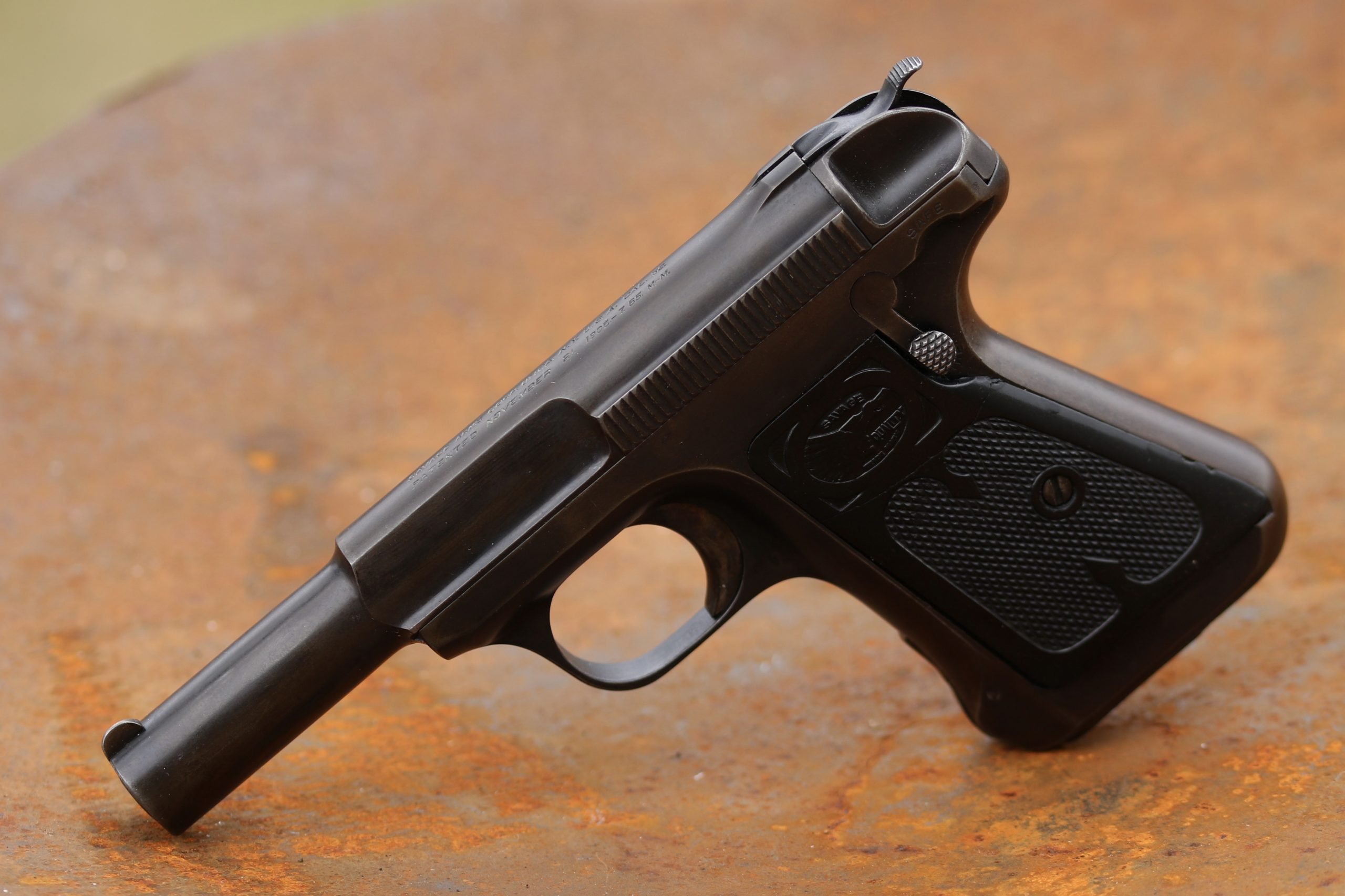
A .380 is more valuable than a .32. The garden-variety .32 can be found for anywhere from $300 on up, depending on condition.
There’s even a .25 ACP version that existed as a prototype. Those would be very expensive, too, as few were made and the diminutive design never went into production.
But, as we all know, these guns are collected by old men. Old men eventually die. When they do, their widows often sell off their collections from what their husbands told them they were worth. So you can still find a good deal every once in a while.
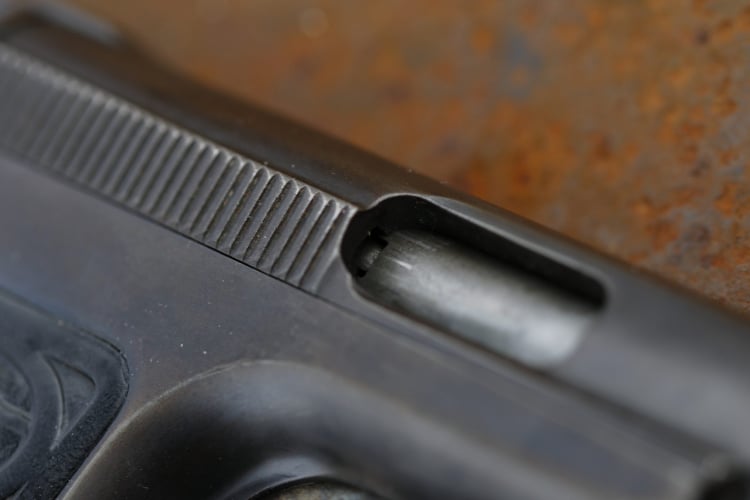
The auction sites are flush with them, too. Widows who know what they’re doing contact auction houses like Rock Island Auctions and offer their late husbands’ collections up in their entirety.
And a lot of the staff at pawn shops, though, are less-than-diligent about value. I’ve been in local shops and found bargains because the shop didn’t bother to research what they had.
Other Savage Pistols
This is not Savage’s only pistol, although it may be the only Savage striker-fired pistol. Much later, the company would introduce the Savage Striker, a Savage bolt action pistol. This looked much like their rifles of that era, but with a shorter barrel and no stock. It was hardly a concealed carry gun.

And there was another gun in there that deserves mention: the Savage Model 101. This looked like a revolver (actually like a Colt 1873 in miniature), but it was actually a single-shot rimfire pistol. The barrel and (what looked like a) cylinder were joined. When you rocked out the cylinder, the whole upper part of the gun (cylinder and barrel) rocked out of position, allowing you to load a round into the one open chamber.
I inherited a Savage Model 101 when my father died. It may well be the first gun I ever fired. My 101 would be the last gun I willingly part with.
But this began as a review…
I’ve lost the thread. Lets’ go back to this particular 1917. It is, without a doubt, a fun collectible.
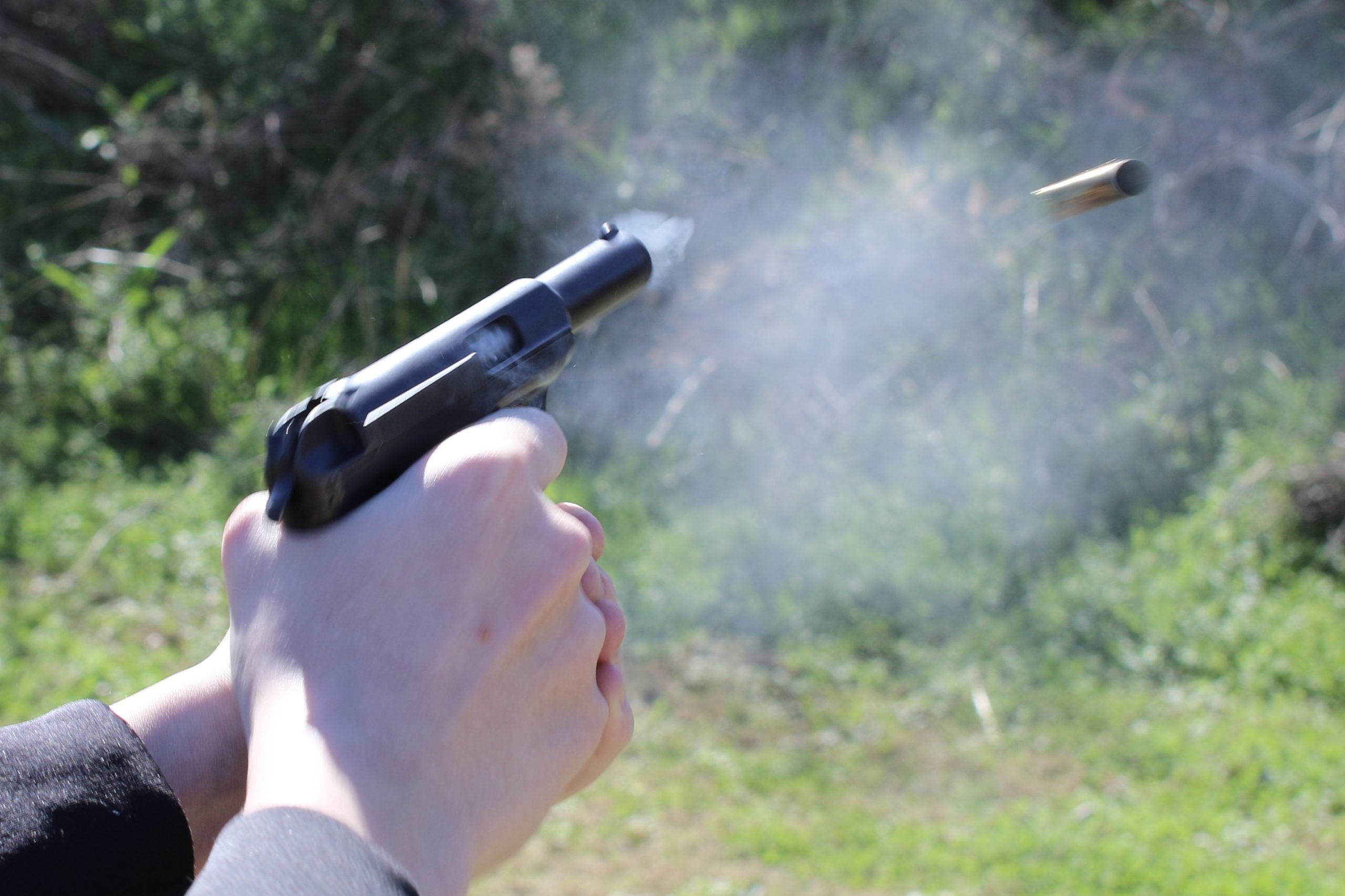
I’m partial to shooters. If I were to be looking for a desk decoration or a safe queen as an investment, maybe I’d feel differently, but I like historical guns that I can shoot without wrecking their value.
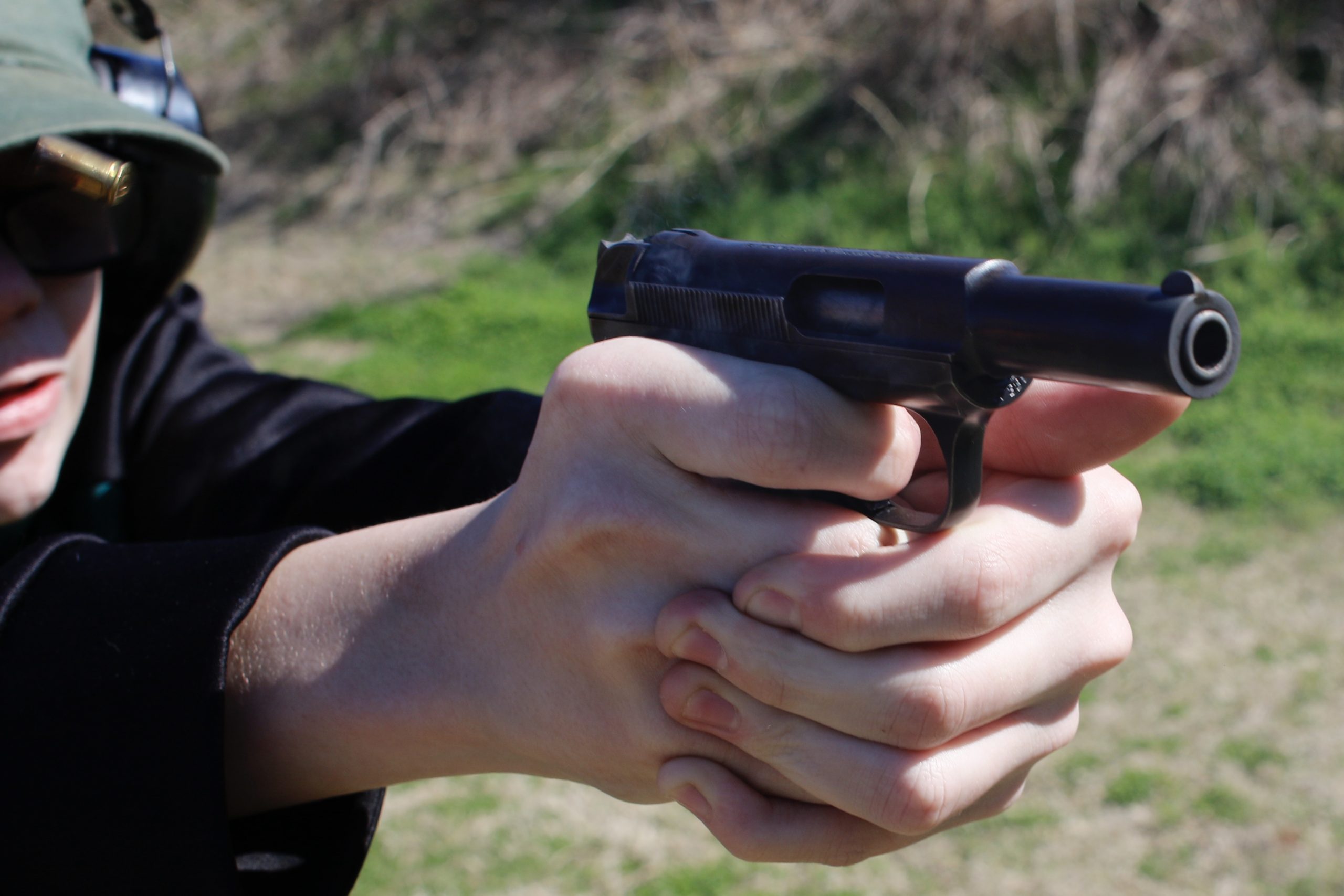
I’ve never had a Savage semiautomatic pistol, so this was a logical addition to my meager collection.
The Details
Any close look at this gun will show some spectacular machining. I particularly like the rear sight. There’s something almost delicate about the way the rear sight is made, and that’s never something I’ve said about pistol before.
The grips, too, are somewhat delicate. Part of that is age. Some sport the old Savage logo, too.

The grips are made from gutta-percha, a plant that produces a resin that is used to make latex-like plastics. I’m unsure if the color is natural or added.
While the 1907 and 1915 grips snap into place, the 1917 grips screw in. That extra hole creates another opportunity for cracking. It is rare to find original grips on these guns that are in pristine condition.
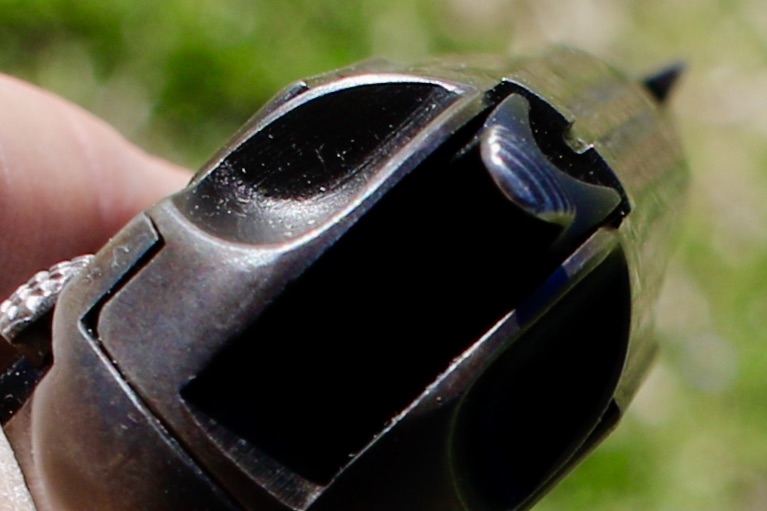
And it is hard to nail down a description of the texture, too. Age plays a part in that, but I don’t know what they felt like originally, so I can’t really tell what may have changed in the last 100 years.
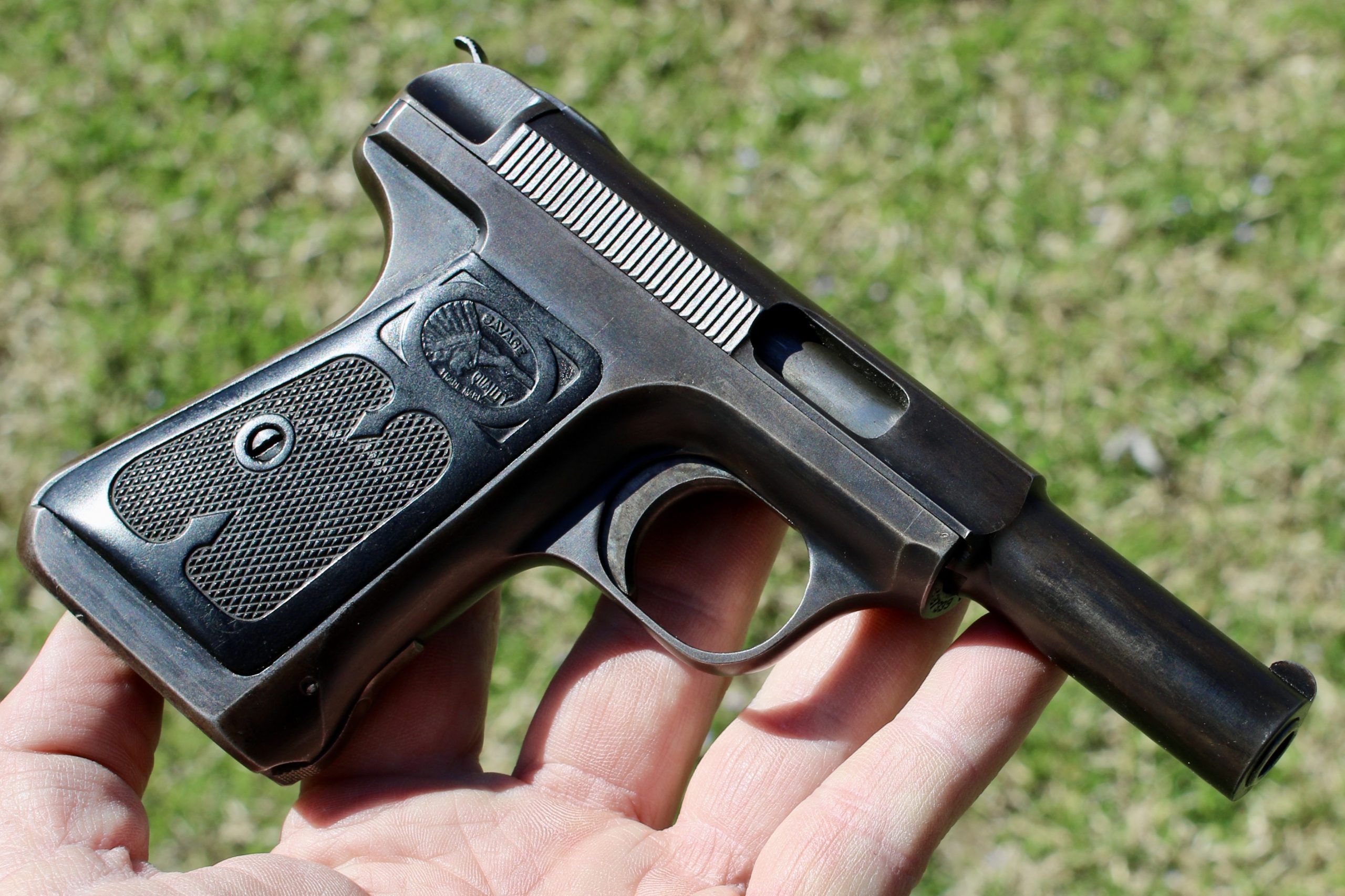
As for the steel on the grip, it isn’t adding much to the texture. This was common for the guns of the day, and especially common for the .32s and .380s. It is hardly difficult to keep this gun under control.
Shooting the Savage 1917
And here, I’ll separate this gun out from the 1907 crowd, as the grip is really much easier for a big fat man like me to handle. It fills my hand and feels like an homage to the grip shape on an 1873 Colt.

Shooting is easy on the hands, too. While some complain of slide-bite, I didn’t have that trouble. Hold it with respect, like you would a PPK, and it will treat you fine.
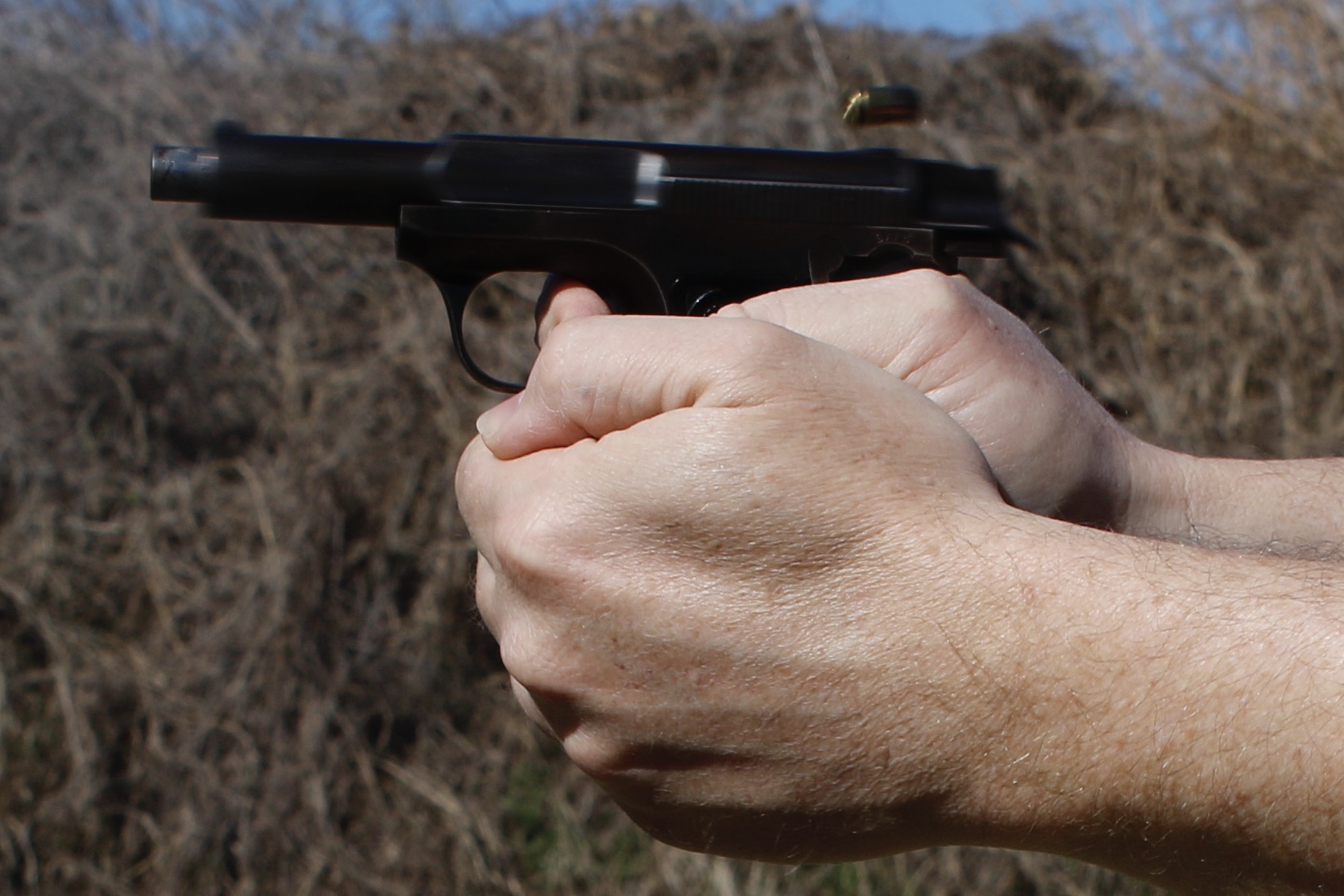
Recoil on the .32 is almost non-existent. I had no difficulty getting shots on target in rapid succession. When I went back and looked at some of the images, I could see multiple cases in the air and the barrel was still level.
I didn’t think to check split times. Now, though, I wish I had. There’s something about that raw data that is telling. But I wasn’t really considering this gun in the same light that I would a contemporary .380 for EDC—I was just goofing off.
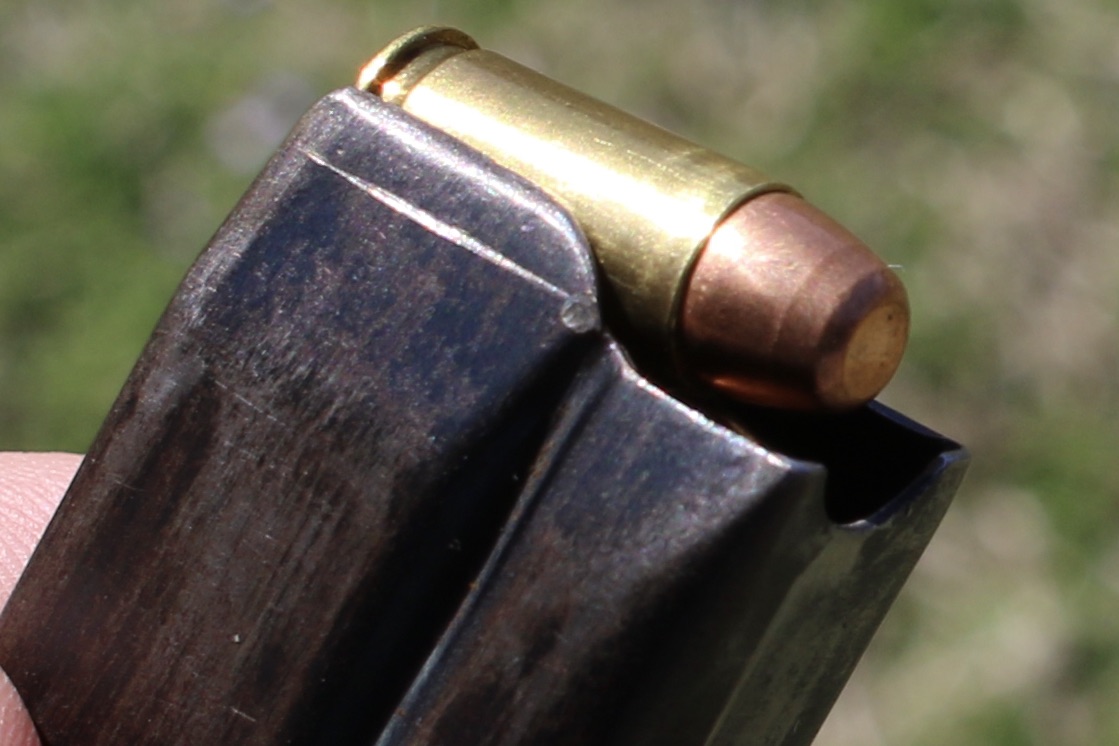
Now, though, I can see the appeal. I can’t separate my love of the 1911 from my love of historical guns, so I’m biased—but the 1907 reportedly beat the 1911 in a lot of the early tests. In fact, as we noted earlier, the 1907 did so well that someone—and I’m not naming names—felt like they needed to take Savage down a peg and shanghaied their guns.
On Paper
Punching paper was equally rewarding with the .32. It makes nice holes in paper. That said, I’d withhold judgment on accuracy for the entire platform. I was using some ancient .32 that I’d borrowed for this range session, and those jokers were almost as old as this gun.
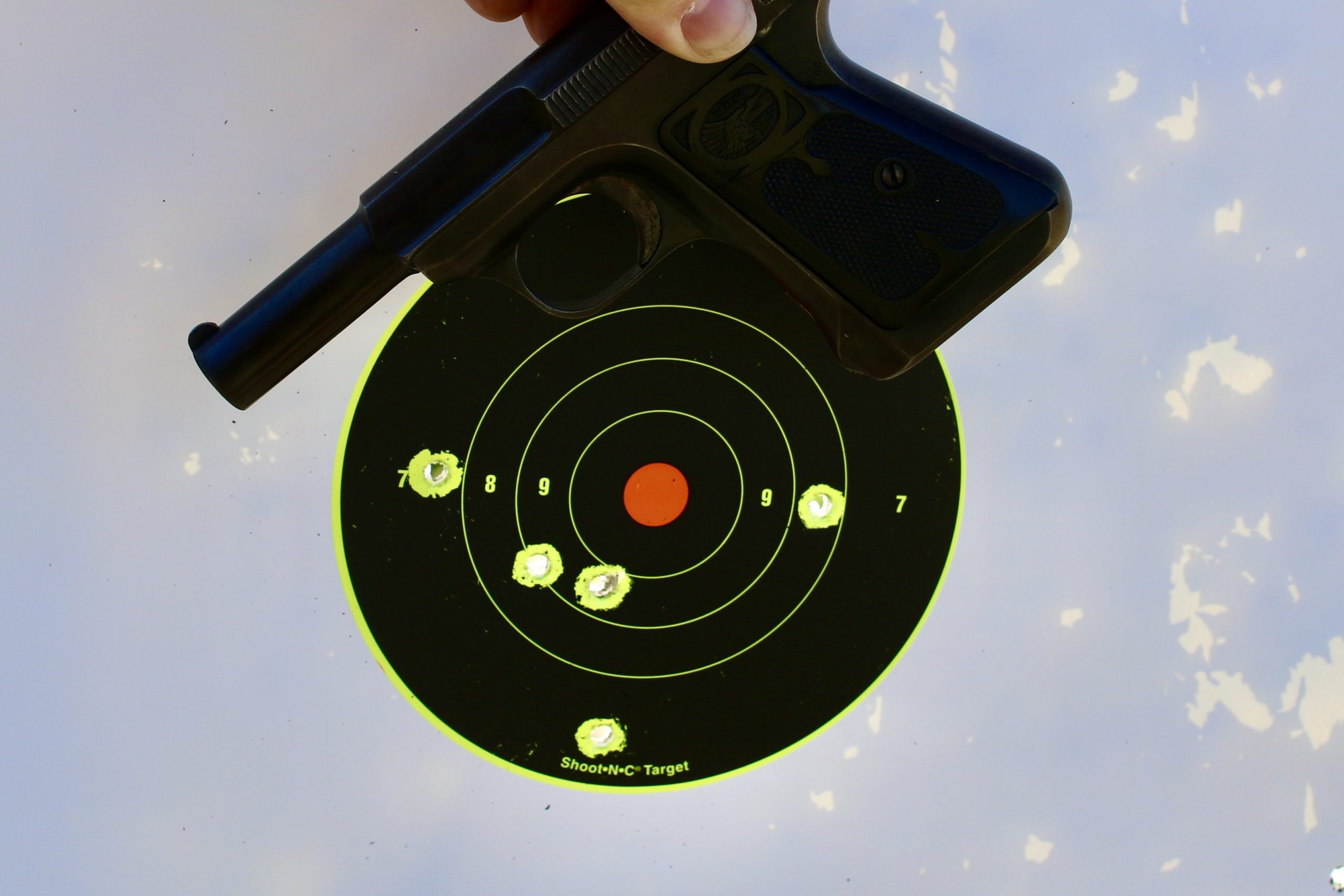
This particular 100-year-old gun, though, is still dead-nuts accurate. From defensive distances, the gun handles well, points well, and is easy and intuitive to use.
The trigger is still crisp. The reset is clean. And while the sights on this are rudimentary, they still work fine.
Still on paper, but…
At longer distances, I have difficulty. My hands are big and my grip is tailored to the Glock 19. So I feel a bit jammed up on a smaller .32.
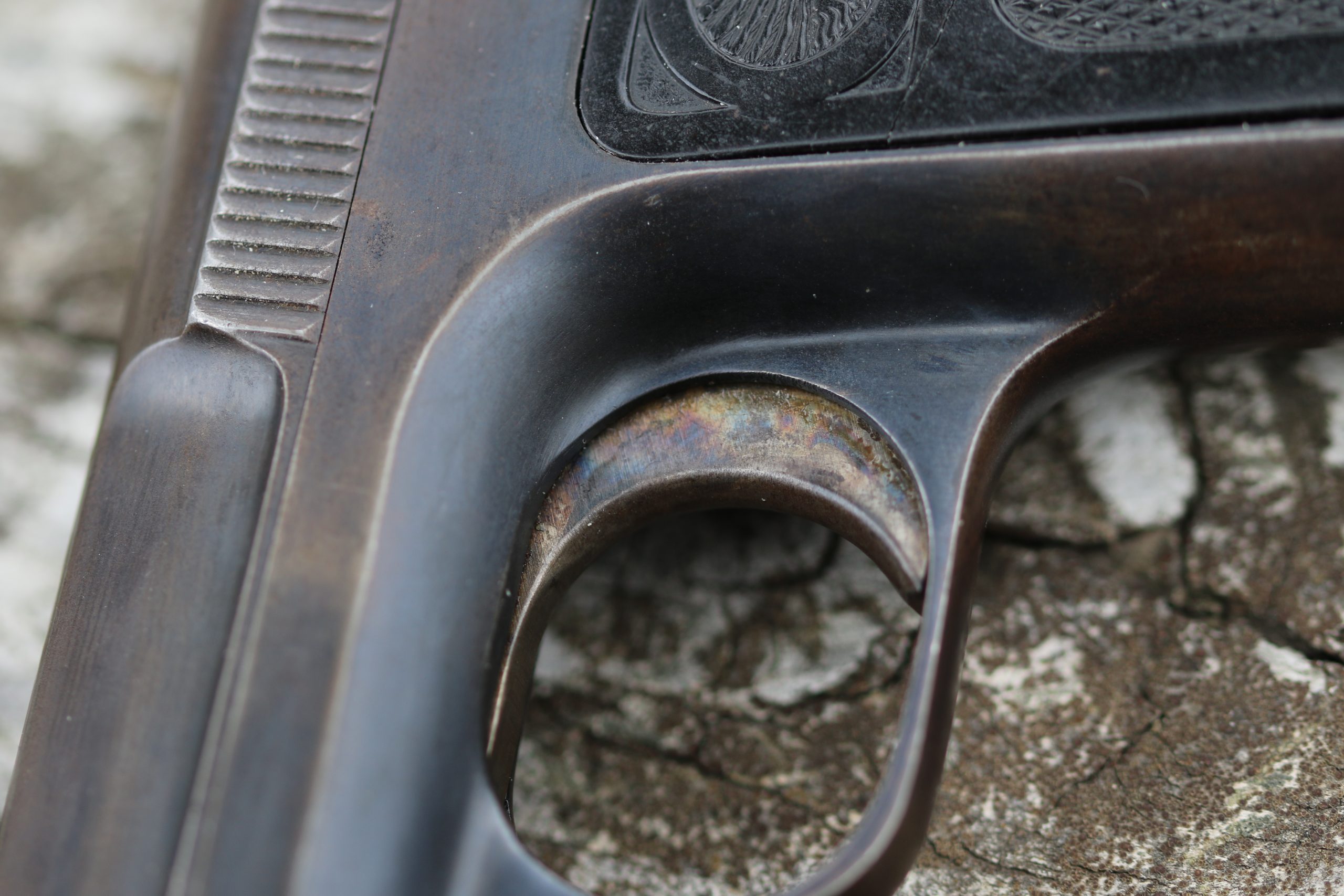
The sights, at distance, also show their shortcomings. While I can ring steel at 100 yards all day long with a 1911, I was lucky to keep a full magazine on a 12″ circle at 25 yards (at least not when I was moving fast). But that’s not what a .32 ACP is for.

What is the 1917 designed for?
This isn’t the same design that went up against the 1911, either. This is Savage’s early attempt at a get-off-me gun. An EDC gun.
And for those purposes, it shines. Because it is made of steel, the 1917 is heavier than your modern .380s, but that’s part of what allows it to shoot so fast and smooth. I can see how it would be a very popular concealed carry gun.
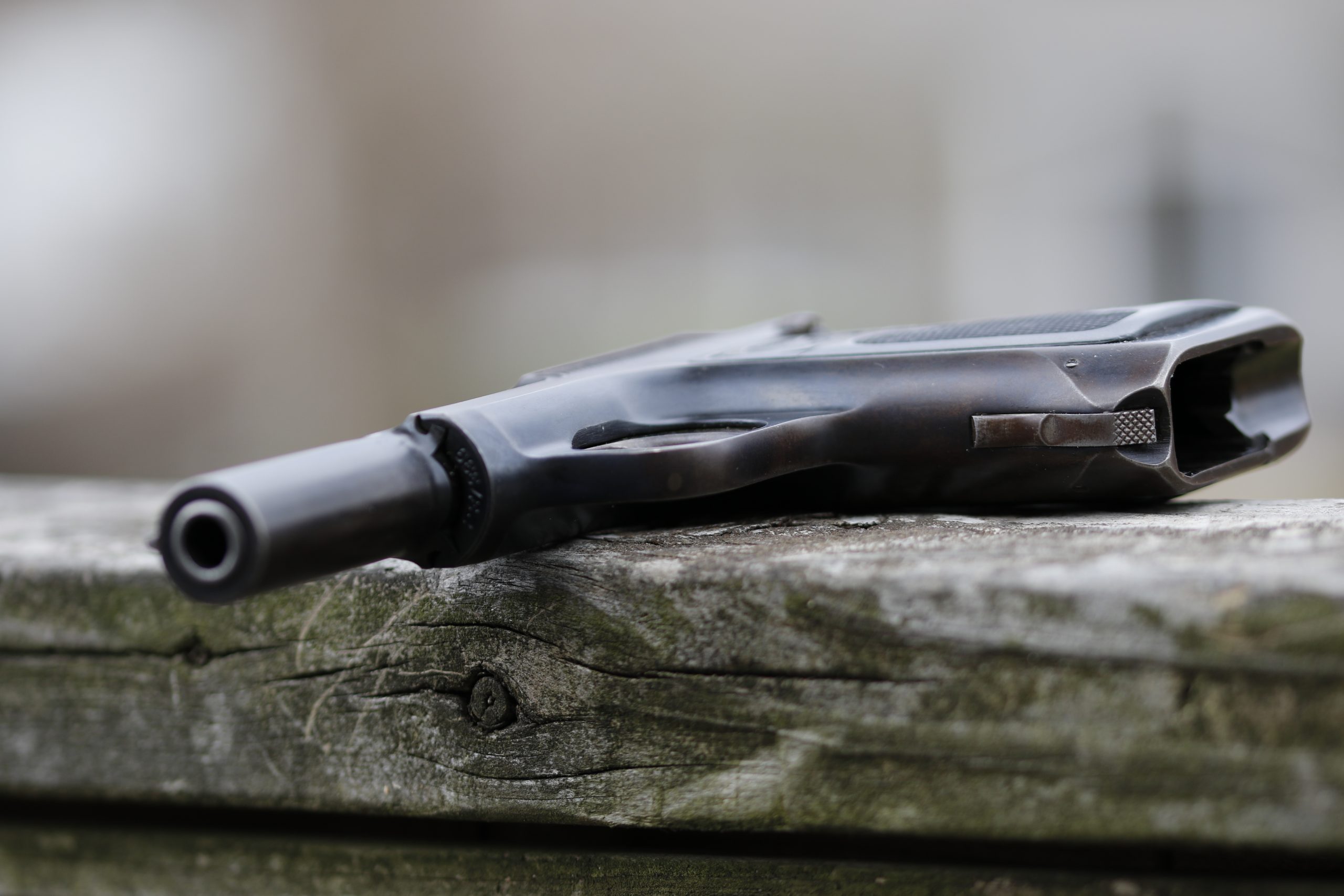
That said, it died out shortly thereafter—1920. Americans were coming home from the war, and some of them were bringing home some serious souvenirs. The Lugers and C96s were as fascinating to the American gun nut then as they are now.
And don’t forget that the war-time production of 1911s ended, but the production of 1911s did not. Tales of the efficacy of the .45 ACP and the guns that fired the fat round fed into the mythology that put the 1911 on a pedestal.
By 1920, Savage had to recon with a decline in sales. And a looming great depression. The 1907 and its descendants were dropped from the catalog. The gun was doomed to slide into obscurity.
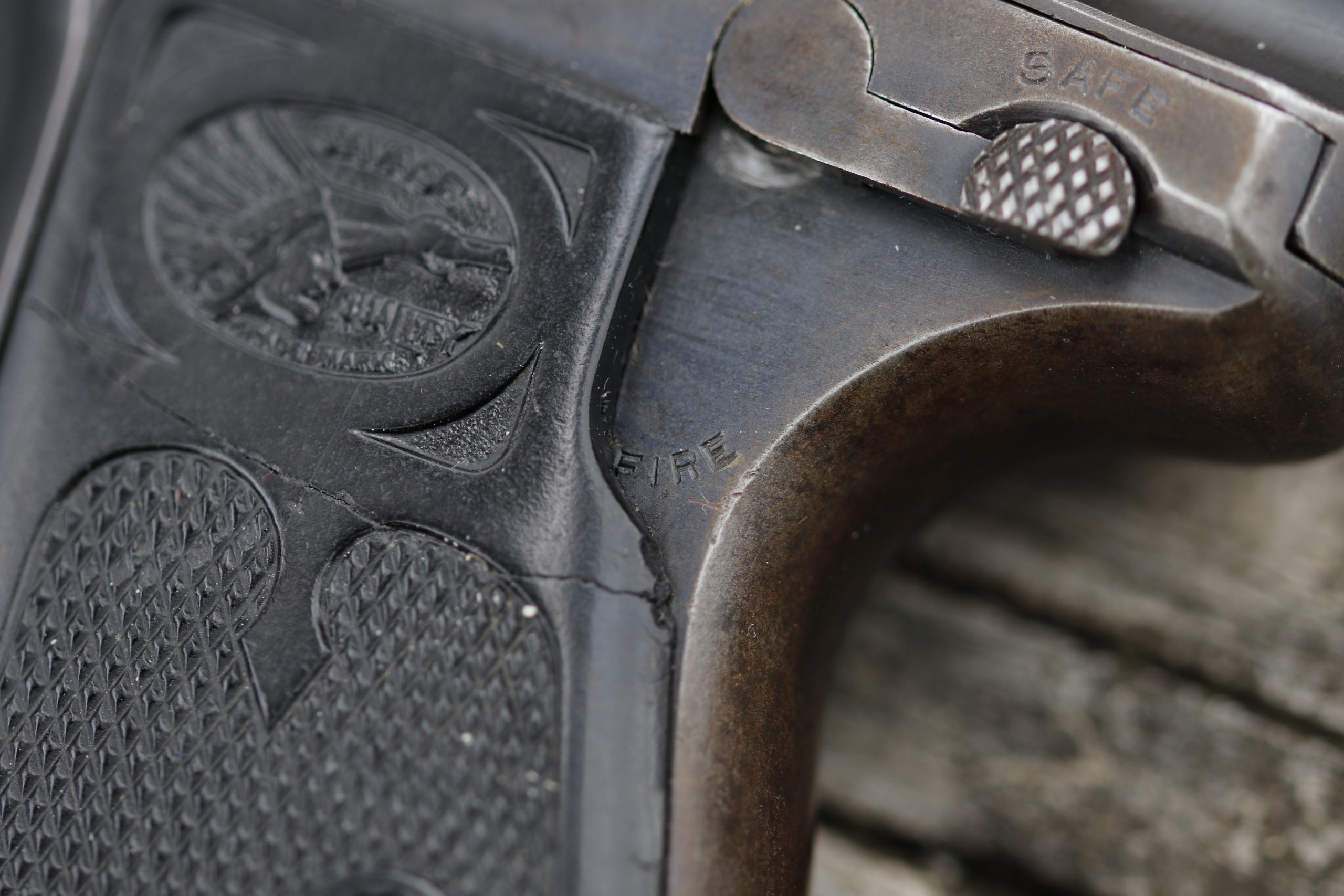
Now, looking at the overall design, the 1907 looks dated. This gun, and others—especially those of Beretta—all look a bit like artifacts. Many of the lines and aesthetics that define this gun fell out of popularity, just like those of the C-96.
Consider the big names of that era. The 1911, of course, is the exception. The C-96 may be an exception, too, as the old Mauser evolved into the DL-44 Blastech Blaster, forever cementing it in the pantheon of mythic guns. Even the Luger was copied by Ruger (and many others, including Colt) in their rimfire homage.

But the round barrel and odd angles of the 1907 and 1917 faded out. By the time Walther was designing the PP, an entirely new aesthetic had taken shape.
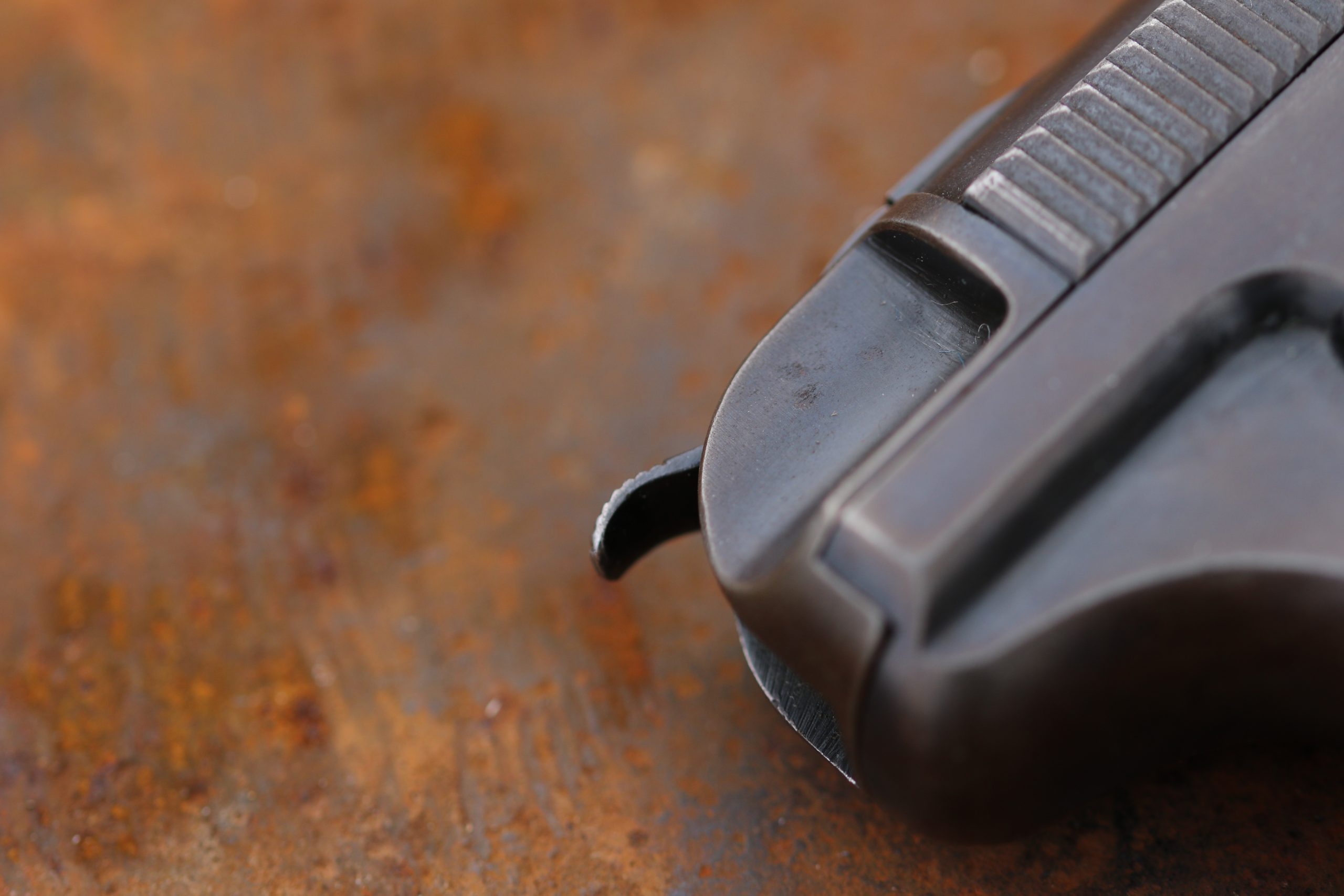
The investment in this project was, for Savage, a gamble. Domestic sales and foreign contracts proved lucrative, though, but not as important to the bottom line as Savage’s rifle sales. The company stopped trying to compete in the handgun market and sank all of its resources into the rifles that have made them the go-to for American sportsmen today.


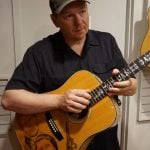
Pingback: Savage 1907: Not the 1905, and Not Even the 1911 – Guns and Pride()